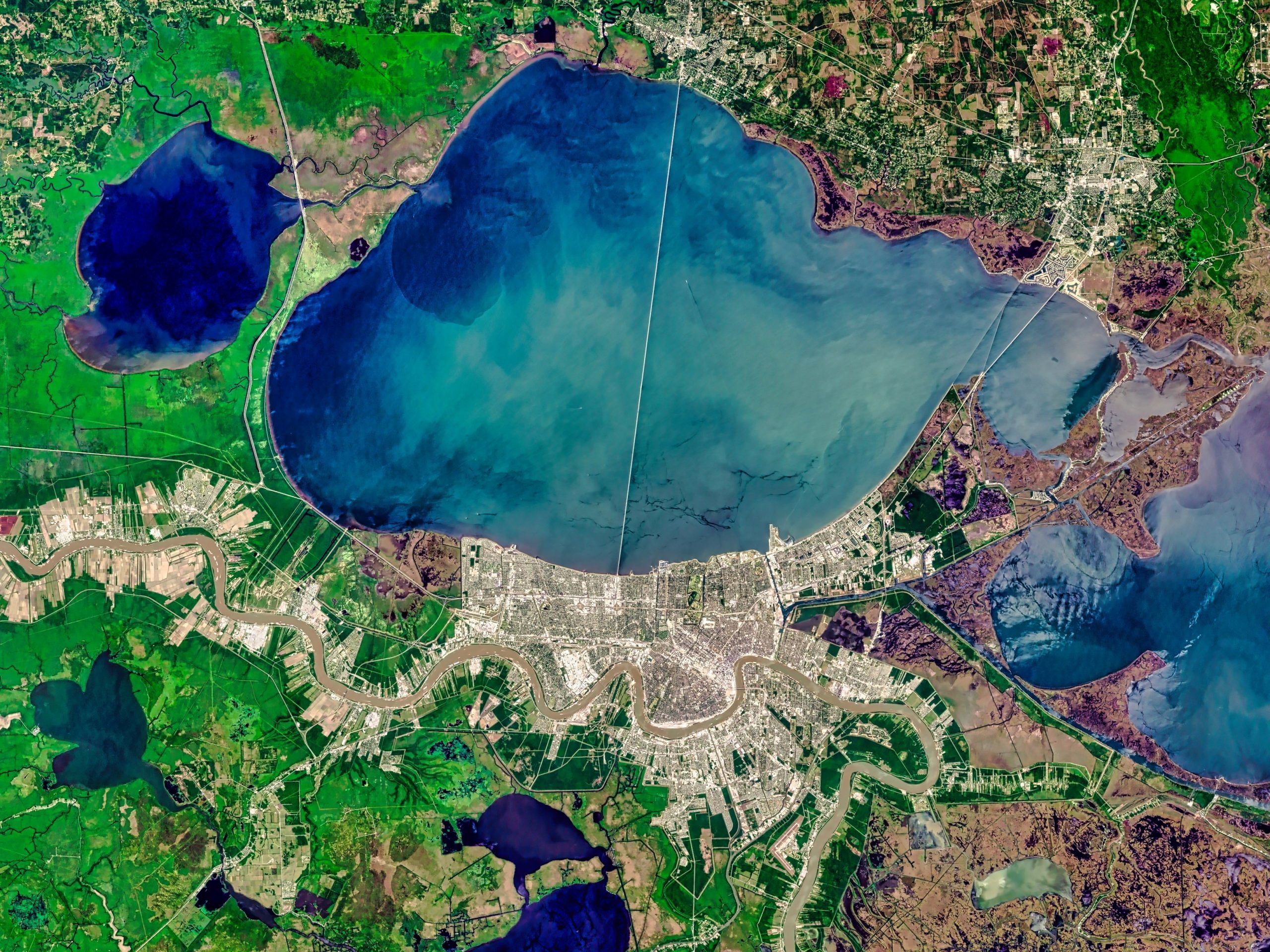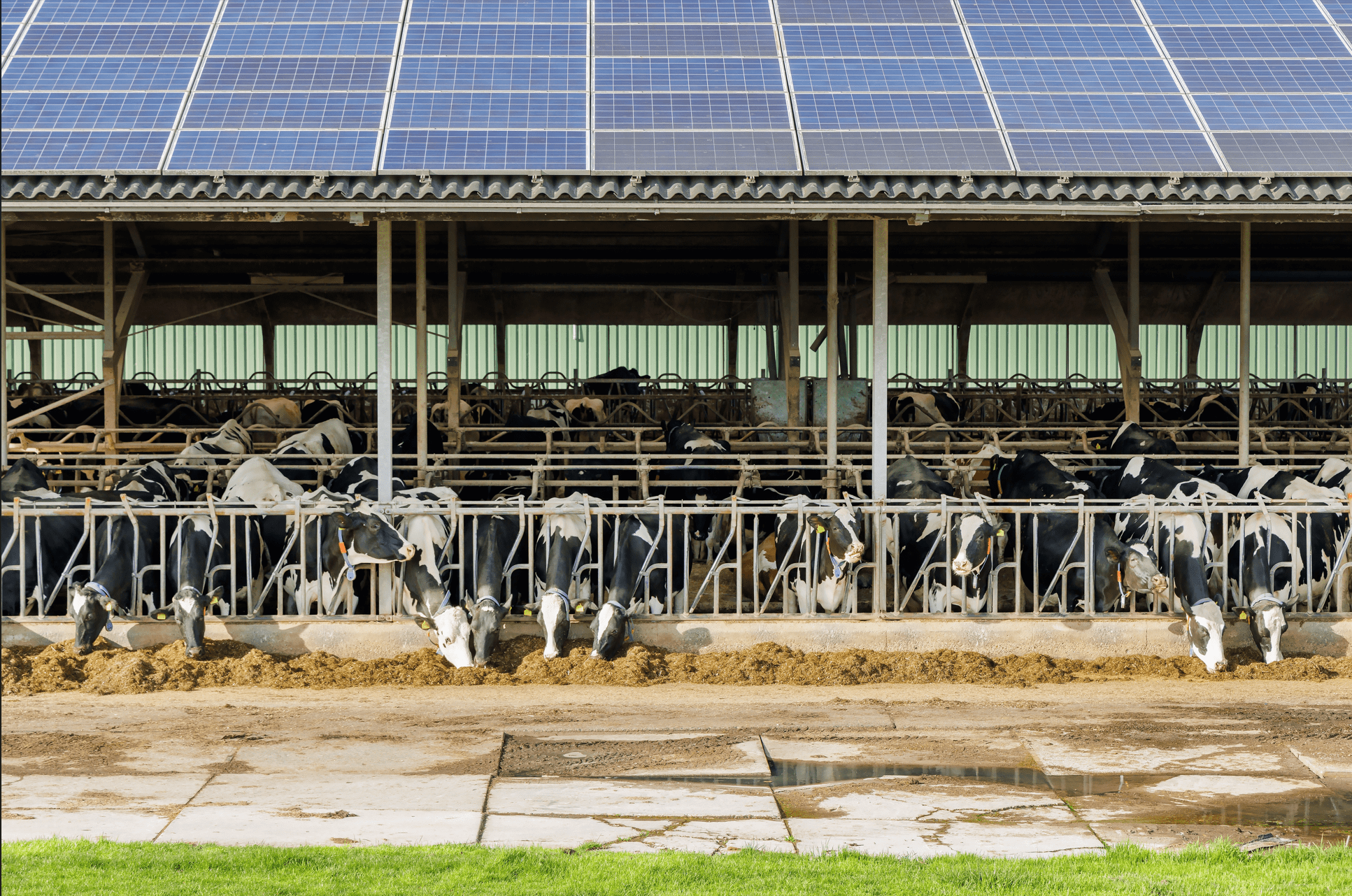
Happy holidays from the Water Program Portal! For this year’s final digest, we will be laying out the top five biggest water policy moments from the year and how IIJA and IRA funding altered the water policy landscape.
Funding to replace lead pipes went out the door, but some states close the door
$15 billion from IIJA was earmarked for replacing the over nine million lead pipes in the US within the Drinking Water State Revolving Fund (DWSRF). Each state was allocated a maximum amount of funding it could receive upon request, about proportional to the projected percentage of lead service lines in the state.
Most states elected to receive most if not all their first year of allocated funding. However, several states — namely Alaska, Maine, Oregon, and Washington — declined most if not all their allocations. Although they indicated that they will likely take the next cycle of funding, rejecting the first of five fiscal years’ worth of cash means that these states will be setting a delayed timeline to finding, removing, and replacing their thousands of lead service lines. Itis important to note that some of these opted out states have comparably smaller inventories of lead service lines; EPA’s most recent needs assessment highlighted that their allocations drop in the second year of funding and updated their allocations.
$15 billion is available in the Lead Service Lines Replacement revolving loan fund for fiscal years 2022-26.
Emerging contaminants and PFAS panic
States also received the first wave of DWSRF Emerging Contaminants funding this year. Per- and polyfluoroalkyl substances, or PFAS, incited a small frenzy in the middle of the year. Because of their resistance to natural degradation and chemical non-stick abilities, PFAS are leveraged in products from furniture to firefighting foam to waterproof clothes. Exposure has been linked to a range of negative health effects that manifest over time, including hormone irregularities and cancer.
In July, the Environmental Protection Agency (EPA) proposed a rule that would require manufacturers to report if their products, created or imported between 2011 and when the rule is effective, contain PFAS. The rule would be a one-time reporting requirement and data would be publicly available. Efforts to regulate PFAS have been ongoing throughout the 2000s, with Congress receiving the power to inventory them in 2016. A report by the American Water Works Association noted that eliminated PFAS from our drinking water supply would, optimistically, cost over $3 billion annually. Enter: DWSRF Emerging Contaminants funding, a bundle of $764 million in fiscal year 2023 that will begin nationwide efforts to ameliorate the purity of drinking water. $4 billion is available for fiscal years 2022-26.
Funding allocations, priority projects, and state Intended Use Plans for fiscal years 2022 and 2023 are available for the DWSRF and other formula funding programs on the Outcomes Dashboard.
Hurricane Hilary and flood funding
Extreme weather birthed by El Nino conditions and our changing climate attacked the East coast during the 2023 Atlantic hurricane season, while the Pacific storm Hurricane Hilary stunned the ill-prepared West in August.
California, Oregon, Nevada, Idaho, Utah, and Arizona experienced a deluge so massive that some cities, particularly in Southern California, are still recovering. A lack of critical storm and flood infrastructure exacerbated the situation, leaving thousands without power and turning the streets of Los Angeles into rivers. While the storm relieved some of California’s extreme drought conditions, it exposed a gap in infrastructure that could not be resolved with the preparatory resources currently on hand in the West.
Luckily, IIJA and IRA contain $27 billion in funding applicable to preventing flooding, over $11 billion of which is focused on building climate resilience according to the Opportunities Dashboard. Hopefully, storm-impacted states in the West will prioritize applying to the competitive grant opportunities available and begin building resilience in their infrastructure. Hilary was the first such powerful storm in the West; it likely will not be the last.
Progress on Colorado River negotiations agreement
In May, Arizona, California, and Nevada finally reached a short-term agreement to reduce their water consumption from the lower Colorado River Basin, amounting to a total reduction of 13 percent or about three million acre-feet. The deal will last through 2026, at which point another round of likely painful negotiations will have to happen.
2.3 million acre-feet of reductions are coming from cities, farms, water districts, and the 22 Tribes with recognized water rights, who are being compensated for their reduction with $1.2 billion in federal grants from IRA’s Drought Mitigation in Reclamation States program. In particular, the Imperial Irrigation District — which has senior rights to more water than the state of Arizona — announced in early December an agreement with the Department of the Interior to conserve 800,000 acre-feet from 2024 to 2026, in exchange for almost $80 million in federal dollars. The remaining 700,000 acre-feet will come from Arizona, California, and Nevada, who announced the results of their independent negotiations in October. Negotiations for water usage allocations post-2026began in November.
Languishing Tribal water rights and Arizona v. Navajo Nation
Finally, the Supreme Court handed down its decision for Arizona v. Navajo Nation in June, ruling in favor of Arizona and asserting that the federal government has no “affirmative duty” to secure a water supply for the Navajo Nation.
The federal government has many unfulfilled promises in the realm of Tribal water rights settlements. IIJA’s Indian Water Rights Settlement Completion Fund takes the first step to transferring Tribal governments what they are owed — including over $178 million just this fiscal year for the Navajo Nation.


